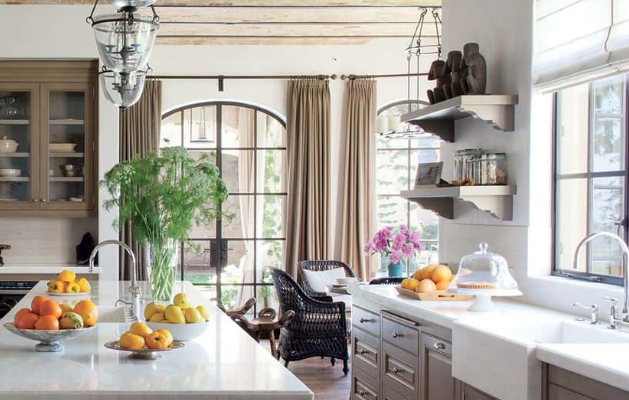One of the biggest areas of workplace research over the past couple of decades focusing on how architecture and office design affects employee behaviour! Keep reading to find out how!
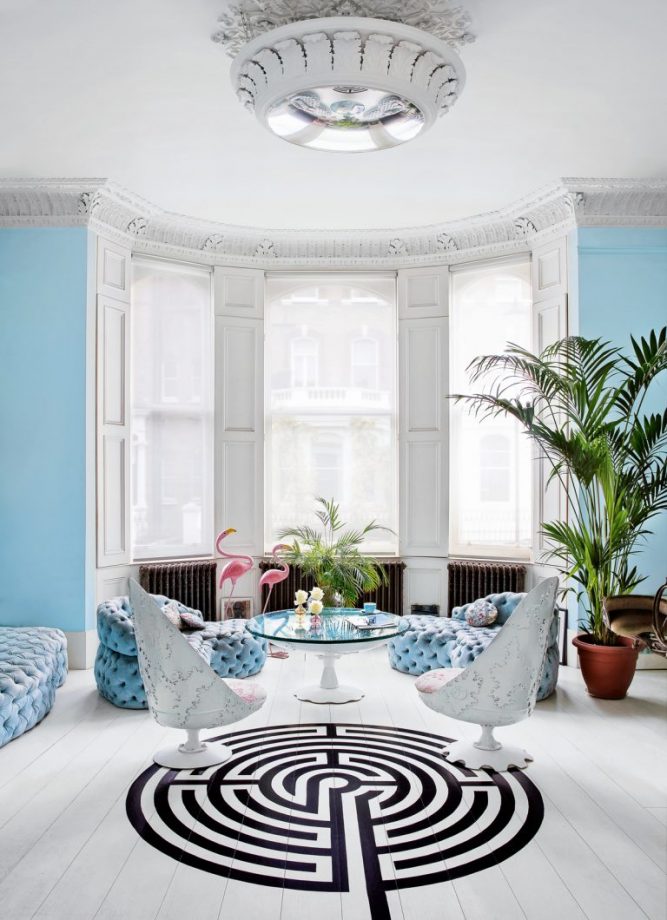
Photos Via: Living Etc
In the age of startups, growth hacking and the endless pursuit of maximum productivity, the psychological impact of architecture and interior design has become synonymous with modern offices. According to Haworth research, “architecture, interior design and furnishings provide a tangible way to support – or even change – the culture of an organisation” and there are thousands of other papers providing similar conclusions. More importantly, the world’s biggest brands are conducting their own research projects by redesigning their workspaces and building own work culture from the foundations up.
The influence of architecture and design upon behaviour
The idea that architecture and design impact human behaviour is nothing new. In 1924, Winston Churchill said: “There is no doubt whatever about the influence of architecture and structure upon human character and action. We make our buildings and afterwards they make us. They regulate the course of our lives.”
For centuries before this statement, architectural design had been used in churches, workhouses, prisons and government buildings to elicit certain moods and behaviours among the general public.
For modern businesses, the same philosophy is being used to create workspaces that inspire and empower people to do their jobs more effectively. Research has found natural light can help patients recover in hospital, children perform better in school and employees feel better about doing their job.
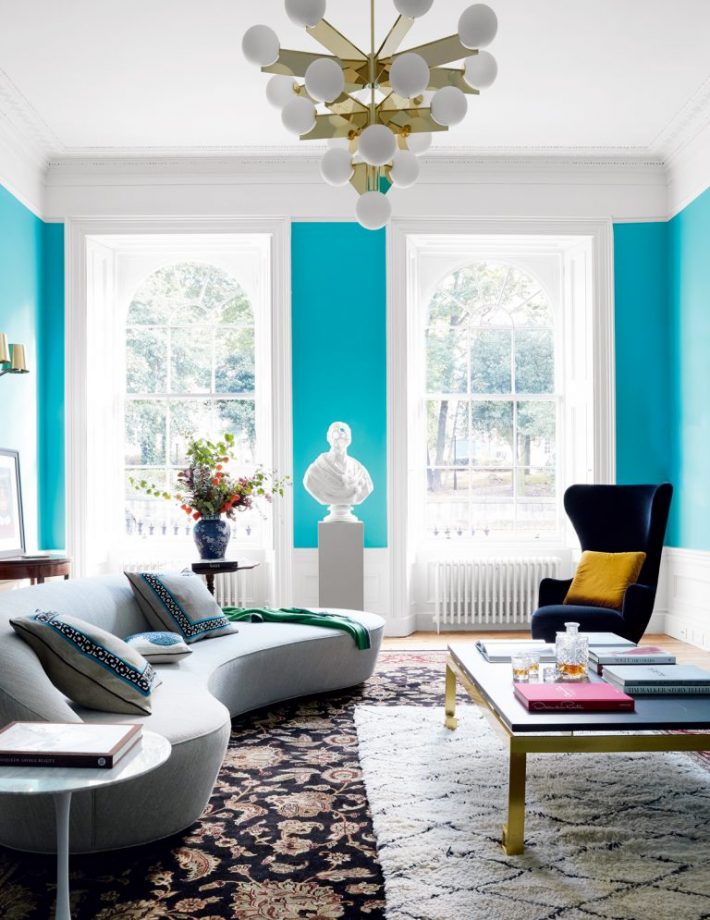
- Natural lighting
- Plants
- Temperature control
- Soundproofing
- Comfortable furniture
- Colour psychology
- Use of materials
- Tidiness
- Sense of space
All of the winners of the American Institute of Architects (AIA) 2016 Library Building Awards demonstrated an understanding of how using light, space and materials can drastically impact the way people behave in a public space.
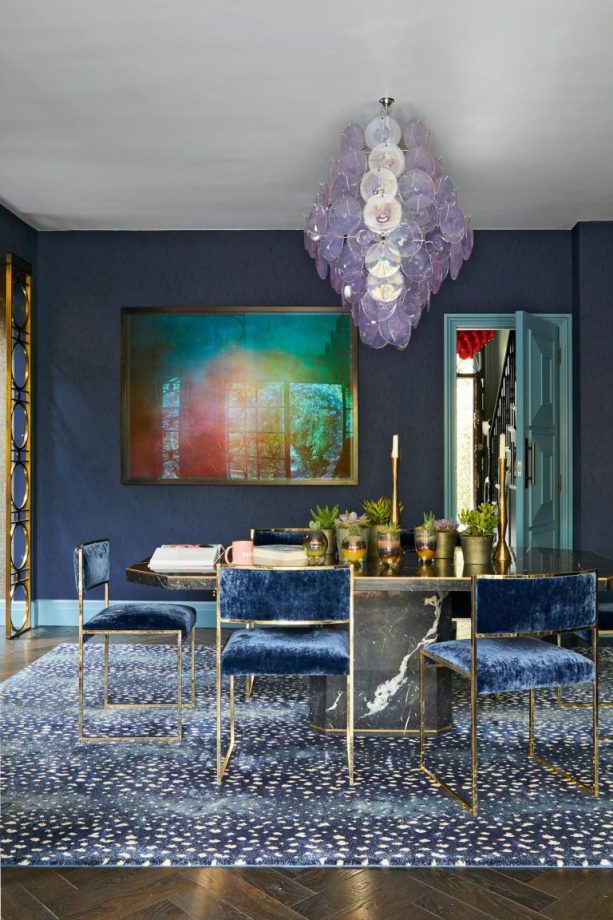
Designing spaces for diverse people
There’s a lot to learn from the best designs of public spaces because they come with a lot of the same challenges involved with designing a workplace. You’re not designing a home for a bunch of like-minded people; you’re designing a space for a team of diverse individuals and trying to bring them together into a like-minded professional state.
As UK office design agency Office Principles puts it:
“The workplace is a very different place now than it was a few years ago. Not only in the profound effect that technology has had directly on the way that businesses are run – remote working, file sharing, virtual meeting rooms for example – but also in the demographic of a modern office. We now have a work force that spans four generations, and the influence of women in both running a company and consuming has never been higher.”
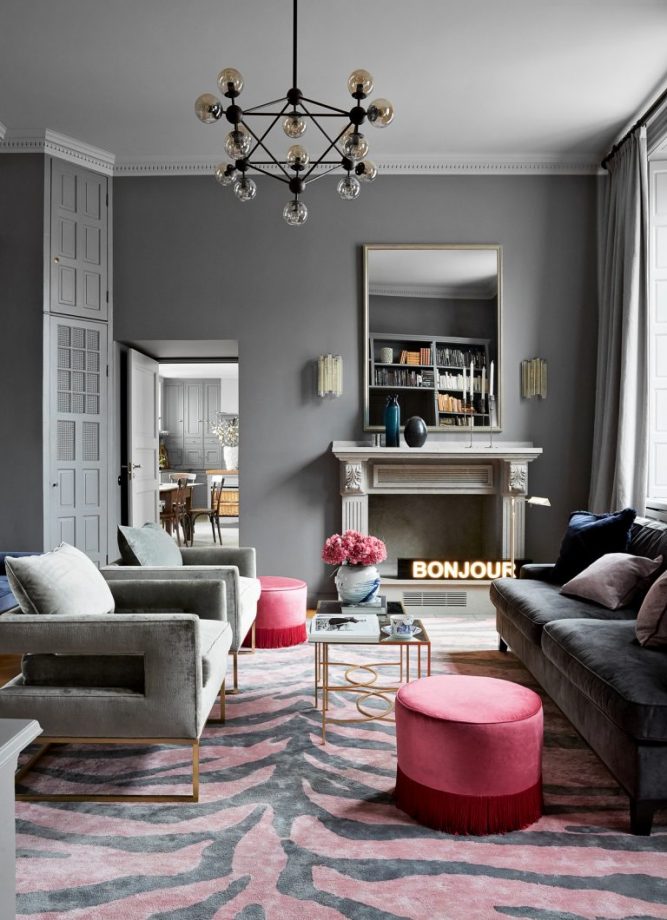
Modern office designs provide a diverse range of working environments – such as formal meeting rooms, informal meeting rooms, collaborative spaces, private working booths, recreational spaces and client meeting rooms – to meet the needs of a diverse workforce as their professional requirements change throughout the day.
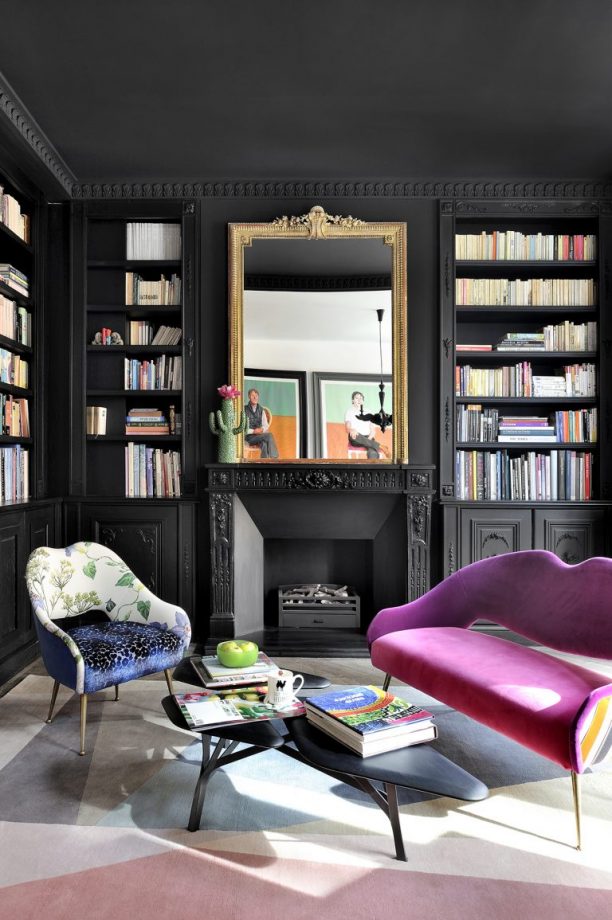
At the other, you have design strategies that make it easier for staff to do their jobs and provide a variety of workspaces that help boost productivity across a wide range of tasks. Tackle office design from both of these angles and you should end up with a happier workforce that naturally gets more done and takes your business to the next level.



